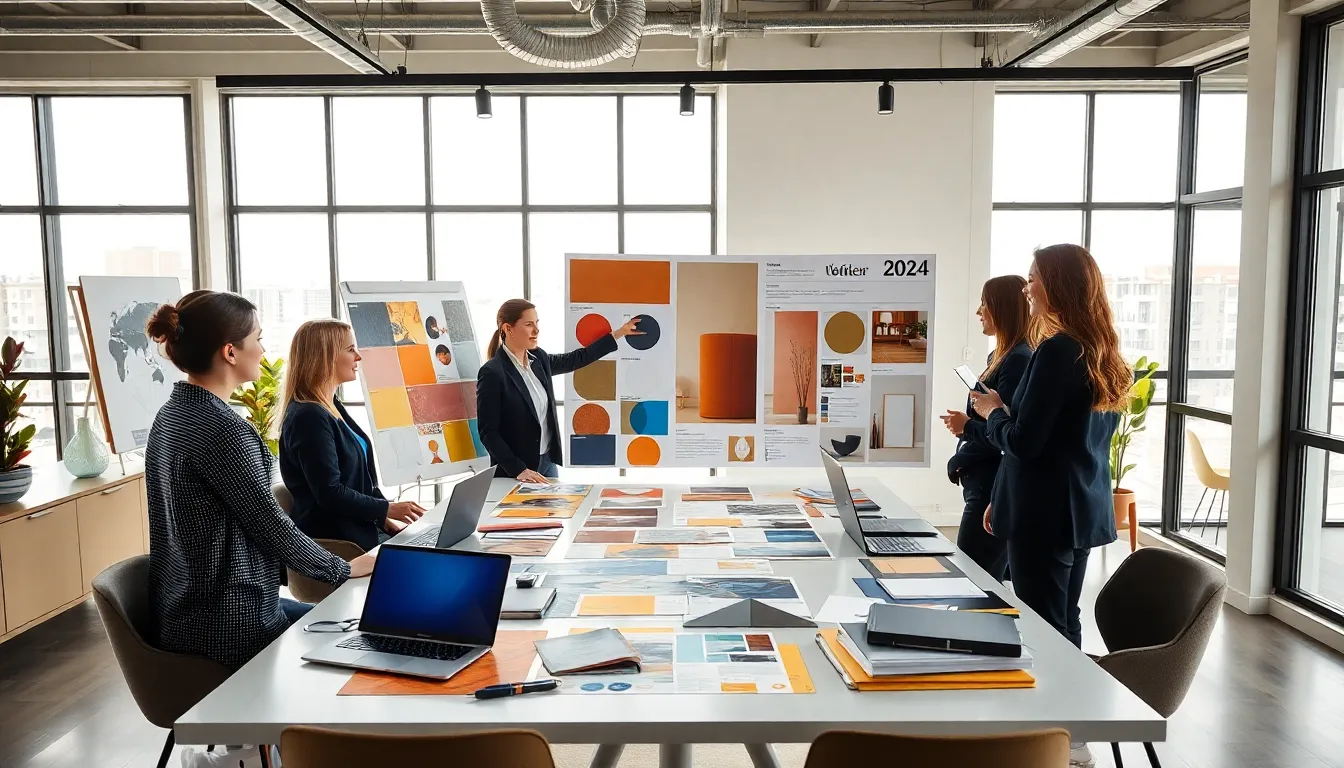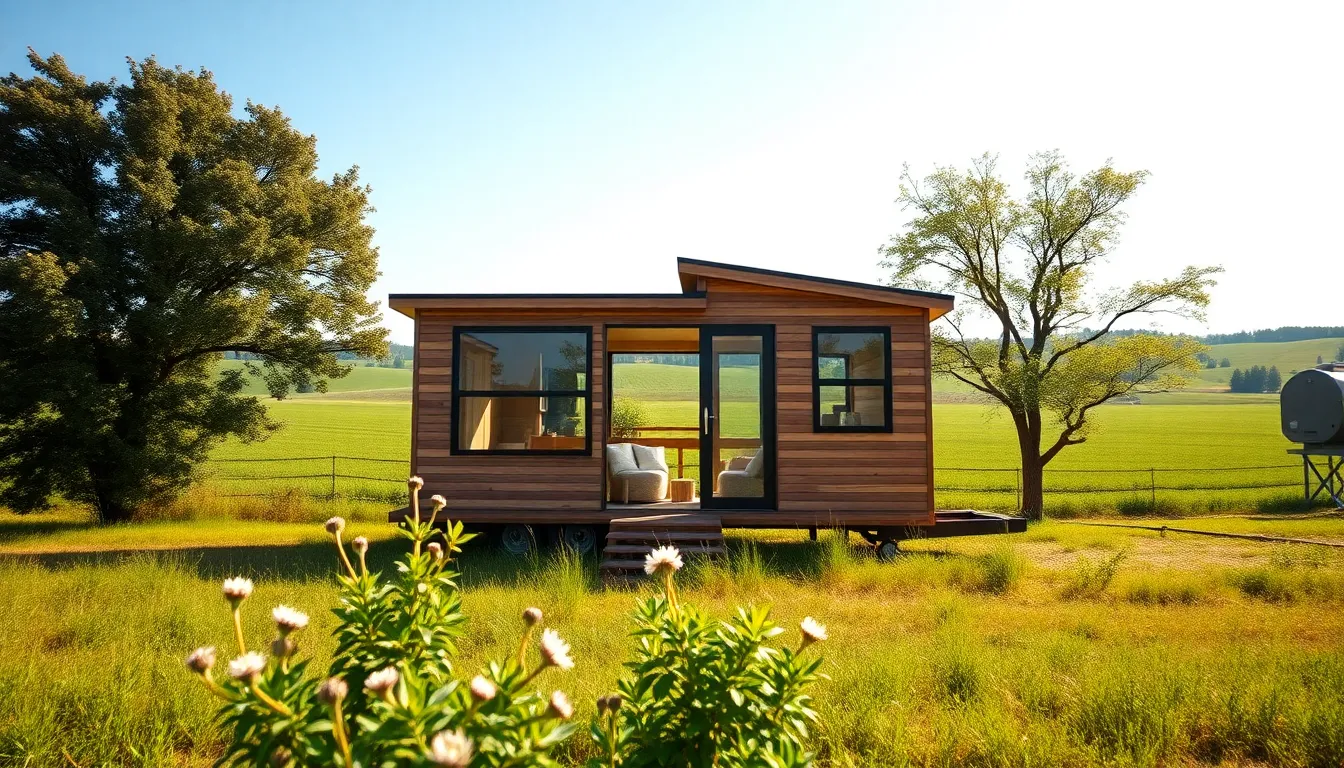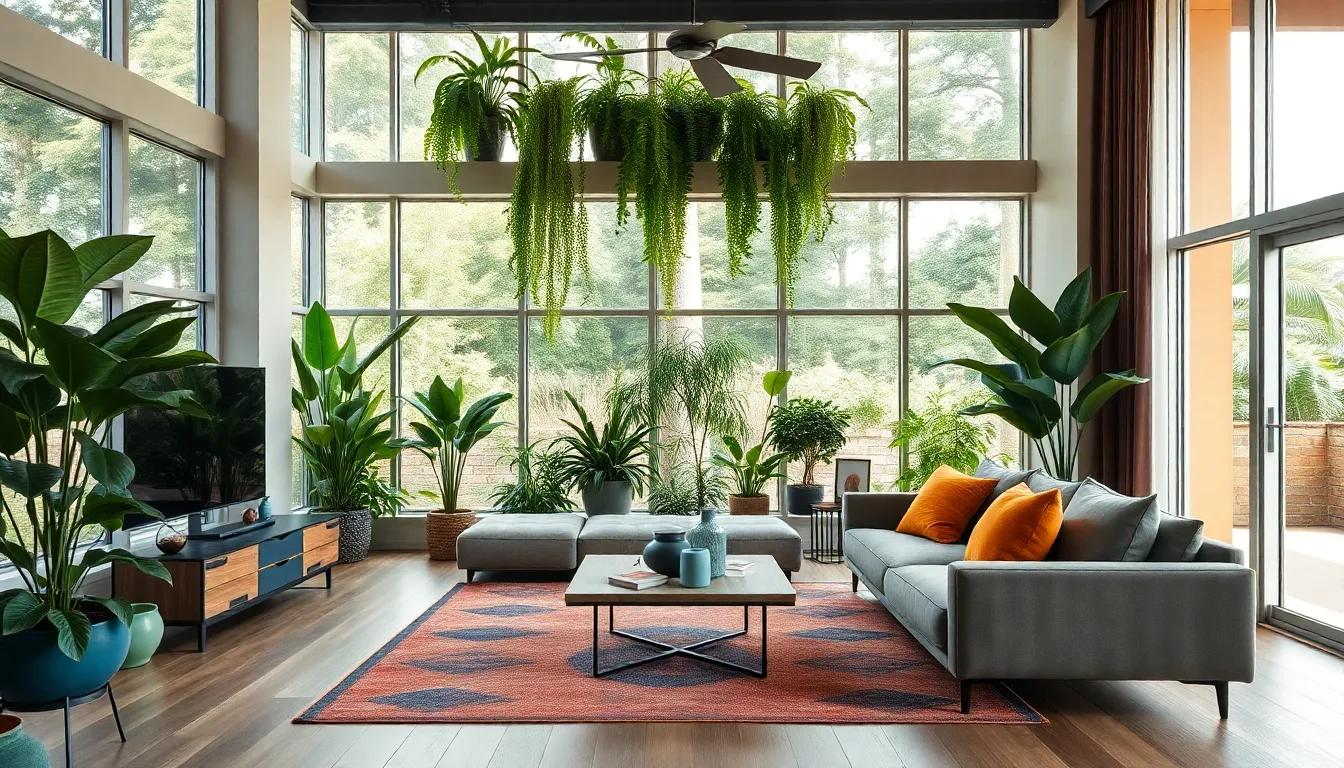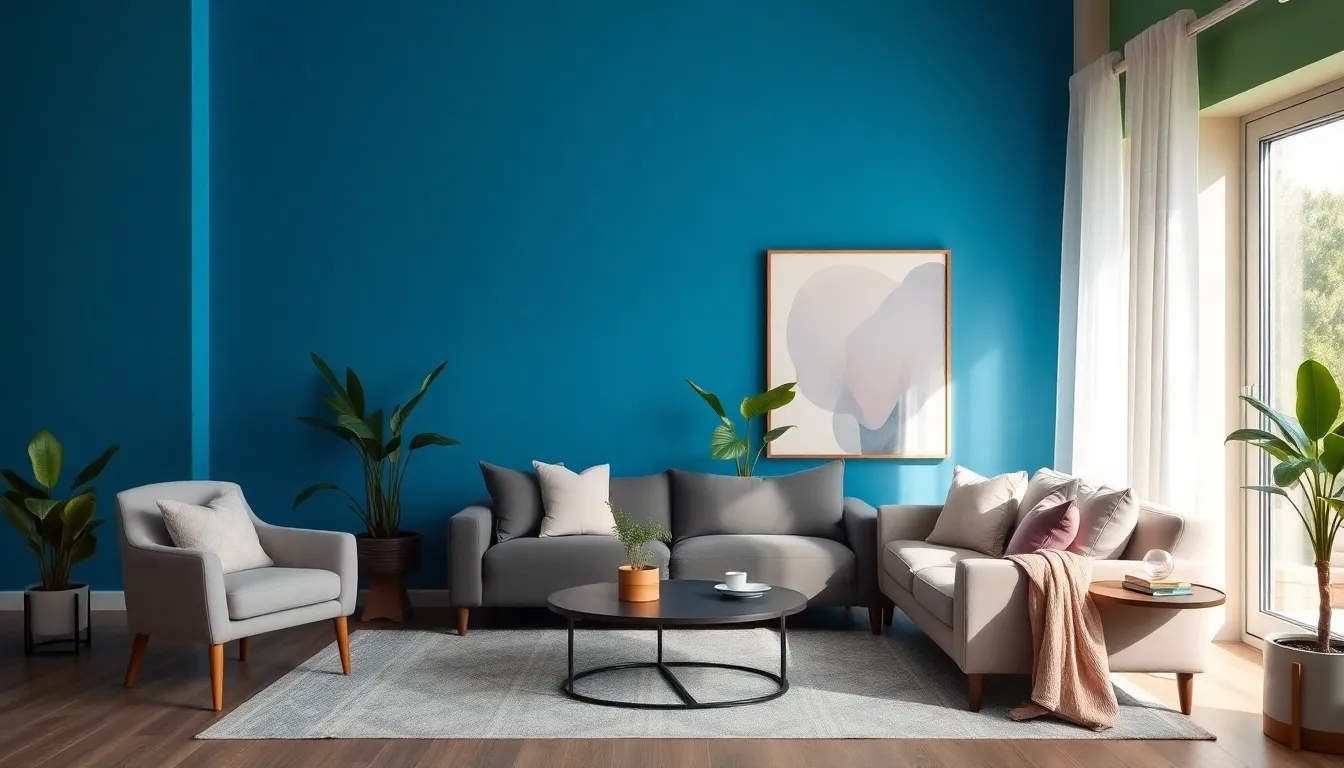Imagine walking into a home that not only reflects style but also makes you feel like you’ve just stepped into the future. That’s right. The interior design game is changing and 2030 is just around the corner. This isn’t about ho-hum design, but rather a symphony of innovative trends that balance aesthetics with sustainability, technology, and a splash of culture. Buckle up: we’re about to explore some seriously exciting design trends that will redefine the way we live.
Table of Contents
ToggleSustainability and Eco-Friendly Materials
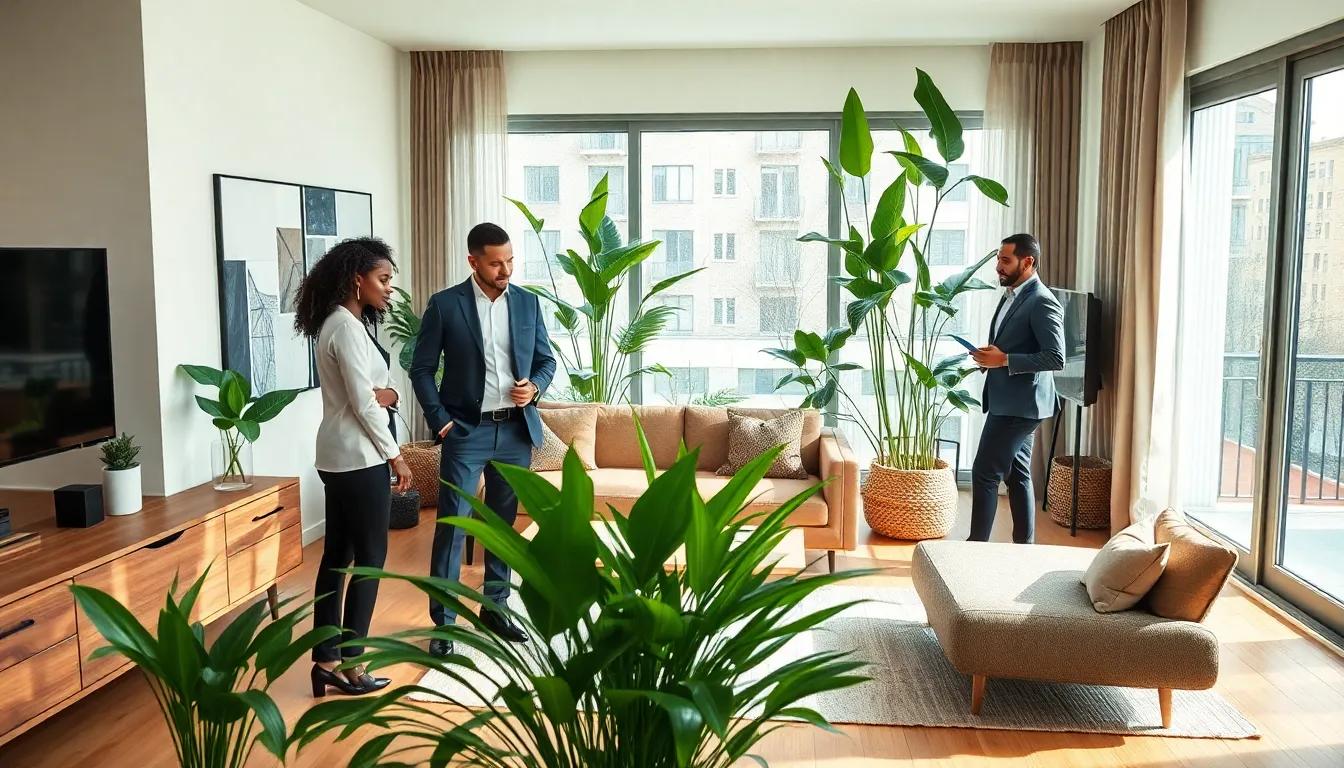
As awareness of climate change continues to rise, the interior design world is embracing sustainability like never before. Designers are increasingly favoring eco-friendly materials that minimize environmental impact. Think recycled metals, reclaimed wood, and bamboo flooring, all of which bring a sense of warmth and earthiness into spaces. Not only do these materials boast aesthetic appeal, they also speak volumes about a homeowner’s commitment to Mother Earth.
In the future, we can expect innovations in sustainable fabrics like bio-fabrics and low-impact dyes, creating soft furnishings that give the impression of luxury without the environmental guilt. Plus, the flexibility of these materials means they can easily adapt to various styles, making it a win-win for both style aficionados and eco-warriors alike.
The Rise of Biophilic Design
Biophilic design isn’t just a buzzword: it’s a philosophy that integrates nature within our living spaces. As people become more aware of their need for connection with the outdoors, biophilic designs will blossom in homes. Imagine a space filled with indoor plants, natural light pouring in through oversized windows, and organic materials that create a calming environment.
Research indicates that incorporating natural elements can enhance well-being. This isn’t just about having a cattleya orchid on the dining table: it’s about creating immersive spaces that reduce stress and foster creativity. Expect to see more green walls, living roofs, and open layouts that blend indoor and outdoor environments beautifully.
Smart Home Integration
Welcome to the age of smart homes, where convenience meets sophistication. In 2030, smart home technology will intertwine seamlessly with interior design, transforming everyday living. Homeowners will control lighting, temperature, and even security systems with their voices or through their smartphones.
Imagine waking up at dawn to the gentle rise of your automated blinds, revealing a sunlit room ready for the day. Smart kitchens will not only suggest recipes but manage inventory, showing what groceries are running low. This integration of technology within everyday design adds an element of luxury and convenience that is increasingly becoming a norm.
Flexible and Multi-Functional Spaces
With urban living on the rise, the need for flexible and multi-functional spaces is more crucial than ever. In 2030, homeowners will seek designs that adapt to their changing needs. Transformative furniture, such as foldable desks and expandable tables, will allow for spaces that serve multiple functions throughout the day.
Imagine a cozy nook that serves as a home office by day and converts into a plush movie-watching den by night. Open floor plans will further help this flexibility, creating an environment that morphs according to social or personal needs. It’s all about maximizing space without sacrificing style.
Bold Colors and Textures
Color is set to make a grand comeback in the interior design world of 2030. Homeowners will be ready to break free from the neutrals that have dominated the past decade and embrace vivid hues. Expect to see lush greens reminiscent of tropical landscapes, deep blues that mirror the ocean, and daring reds that ignite passion.
Textures will play a crucial role as well: think velvets, leathers, and stone finishes layered together to create a rich and inviting environment. This explosion of color and texture isn’t just for walls and fabrics: furniture will also take on these bold themes, pulling a room together and sparking conversations among guests.
Cultural Influences and Global Design
As the world becomes more interconnected, cultural influences will spill over into interior design trends. Homeowners will celebrate diversity through their space, merging styles from the Middle East to Asia and Africa. Expect to see a delightful mix of patterns, textiles, and artistic influences coexisting harmoniously.
The 2030 trend will showcase artisanal craftsmanship with handmade items that tell a story. Wall hangings, intricate pottery, and textiles from various cultures will create a tapestry of global design that feels both personal and unique. It’s about honoring heritage while embracing modern flair, making every room a reflection of the owner’s journey.





